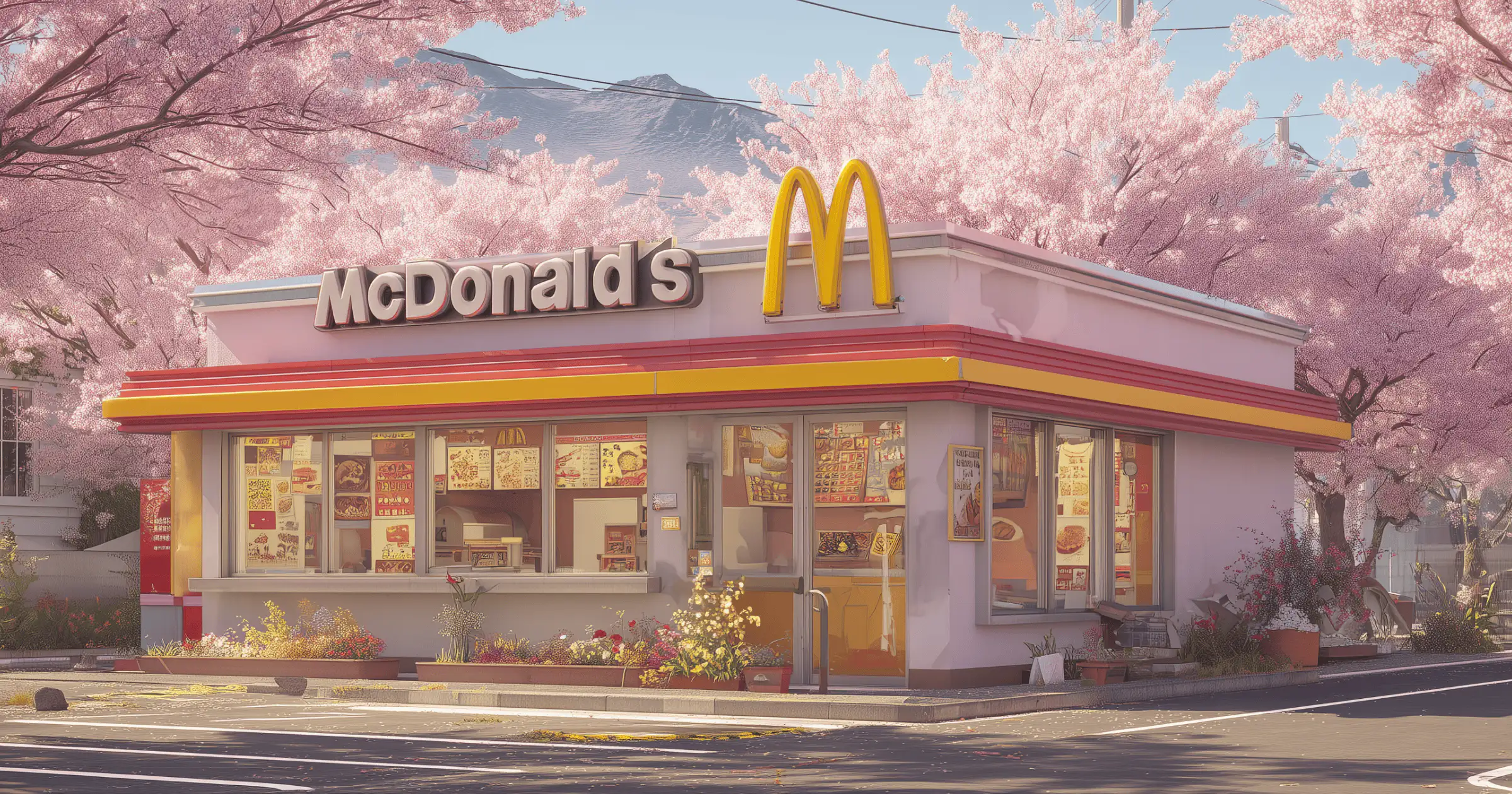Long before anyone imagined a meal arriving in ten minutes, one man imagined a burger arriving before you could change your mind.

In 1921, Billy Ingram had a radical idea. What if burgers were made so efficiently, they could be served almost instantly? His restaurant, White Castle, was tiny, tiled, and spotless. It was designed to make Americans believe fast food could be trusted.
It worked. People lined up. The idea spread.
By the 1940s, two brothers in California, Richard and Maurice McDonald, redesigned their kitchen into a factory line. One flipped patties, another dressed buns, and another wrapped the orders. Food was out in under a minute. When Ray Kroc walked in, he didn’t just see a kitchen. He saw the future.
McDonald’s didn’t just become a restaurant. It became a system. And the system became global.

Decades later, Domino’s Pizza in the 1980s promised delivery in 30 minutes or less. Speed was no longer a feature. It became the entire brand.
Then came the smartphone.
By the late 2010s, platforms like Uber Eats, DoorDash, Deliveroo, and Grubhub were redefining food delivery in cities from New York to London to Berlin. A tap replaced a call. Traffic no longer meant delay.
And now, we’re witnessing an even more radical shift: food arriving at your door in under 10 minutes.
The Origin of Convenience
If McDonald’s industrialized food preparation, the refrigerator industrialized convenience.
In the 1950s, refrigerators became household staples. For the first time, food could be stored safely for days. This changed everything.

Families began stocking up. Supermarkets found a new wave of opportunity. Frozen dinners, boxed meals, and canned goods moved from wartime necessity to peacetime indulgence. Convenience was no longer a hack. It was a new business model, and a booming one.
The kitchen gradually shifted from a place of preparation to a place of preservation.
When the fridge took over the kitchen, food companies discovered a goldmine: pre-cooked, shelf-stable meals with mass appeal and even bigger margins.
But convenience came at a cost.
Processed foods, often loaded with sugar, salt, and unhealthy fats, became the global default. And with them came a rising tide of chronic health conditions.
“The annual cost of obesity alone is now twice as large as the fast food industry’s total revenues.”
—Eric Schlosser,
Fast Food Nation
Yet despite the mounting health warnings, demand for speed only accelerated.
The Quick Food Race
Today, in cities like Los Angeles, Amsterdam, and Mumbai, a hot meal can reach your door faster than your favorite reel can finish playing.
If restaurant food could be delivered in thirty minutes, why should groceries take longer?
That question launched a new industry. GoPuff, Getir, Jokr, Blinkit, Zepto. Soon, toothpaste, mangoes, and gaming consoles were arriving before the kettle boiled. And now, platforms like DoorDash, Zomato, and Zepto Café are pushing a new frontier. They aim to deliver hot meals in under ten minutes.

We live in the middle of it. Our collective sense of time has collapsed. First came fast food. Then came quick commerce. Now, even meals are expected to sprint.
It’s no longer about skipping the queue. It’s about skipping patience entirely.
But as delivery platforms race to control the entire food journey, restaurants—the very partners that built them—are starting to feel the squeeze.
In India, Sagar Daryani, President of the National Restaurant Association, voiced it plainly: “What we are absolutely not okay with is Zomato and Swiggy doing private labelling and selling food by themselves.”
The fear is the same everywhere: the platforms they once partnered with are now their biggest competition.

Cloud kitchen giants like Reef in the U.S., Keatz in Europe, and Rebel Foods in India offer a glimpse of the new model. These are kitchens without dining rooms, menus without waiters, and brands without storefronts. Efficiency drives every decision. Proximity becomes an advantage. Meals prepared just minutes away taste fresher and arrive faster.
This is a different kind of food ecosystem. Automated. Localized. Digitized.
But it isn’t just changing what we eat. It’s changing how we live.
What's Being Lost
Most big problems begin with small trade-offs that seem harmless at first.
The faster food got, the more systems had to adapt. Not to make it better. Just to make it arrive faster.
To serve butter chicken in ten minutes, the ingredients are cooked before you're even hungry. They’re stored, sealed, and reheated the moment you tap. You're not eating a meal. You're triggering a response.
We used to sit down to eat. Now we scroll, snack, reply, chew, and refresh—often all at once. Hunger has become just another notification.
Compare that to food cultures where rituals still matter. It’s not just what they eat, but how they eat. Long lunches. Shared tables. No screens. These rituals aren’t about discipline. They’re designed to add meaning, and moments that turn into memories.
The food itself matters, but so does the moment around it.
The trade-off with speed isn’t only about calories. It’s about lost attention, fragmented memory, and moments stripped of meaning. These invisible costs tend to show up late.
Health data will eventually reflect the damage. But by then, the habit will be deeply embedded.
Convenience rarely feels dangerous while it’s happening. That’s what gives it power.
The Crossroads and the Choice
If we can get food in ten minutes, we can certainly get better food in fifteen. The infrastructure is already here. The challenge now is whether we choose to use it differently, and more thoughtfully.
There is a version of the future where meals are fresh, ingredients are real, and habits are better, without asking us to slow down but to choose smarter.
Fast doesn’t have to mean hollow. Frictionless doesn’t have to mean soulless.
This isn’t a call to rewind. It’s a chance to reimagine.
The next version of fast food isn’t a product launch. It’s a value shift. And every day, one tap at a time, we get to decide which way it goes.

.webp&w=2048&q=75)

